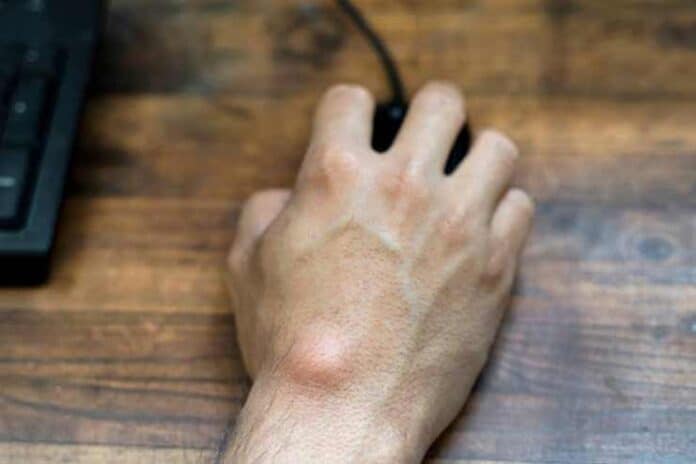Affiliate Disclaimer
Some links in this article are affiliate links. We may earn a small commission if you make a purchase through these links, at no extra cost to you. We only recommend products we find useful to our readersNon-cancerous lumps called ganglion cysts often form along tendons or joints, especially on the hands or wrists. These cysts can vary in size, frequently becoming more noticeable during activity and minor during rest. A jelly-like fluid fills them. Pain, stiffness, and restricted movement are common symptoms that significantly interfere with day-to-day activities.
Even while there are medical options, including aspiration or surgical removal, many people look for relief through other means. This article offers natural and approachable alternatives for anyone who manages ganglion cysts at home. It concentrates on 13 efficient home remedies and therapies that can help recover from ganglion cysts quickly.
What is a Ganglion Cyst?
Ganglion cysts are harmless lumps that develop beneath the skin, most frequently along the joints or tendons. Ganglion cysts are not malignant. Cysts like this are filled with a viscous fluid that has a jelly consistency and comes from the joint or tendon sheath. The size of ganglion cysts can vary, and activity and rest frequently influence this variation. Generally, they are round or oval, and people describe their texture as firm or spongy.
Ganglion cysts most frequently occur on the palm side of the wrist, the base of the fingers, or the top of the foot. The most common site for their appearance is on the back of the wrist. In a less common occurrence, they could appear on the knee or the ankle. Even though ganglion cysts are typically painless, they have the potential to cause discomfort, pain, or mobility restriction if they push on nerves in the surrounding area. Understanding the characteristics of these cysts and the regions where they are prevalent helps to diagnose and treat them properly.
Symptoms of Ganglion Cysts
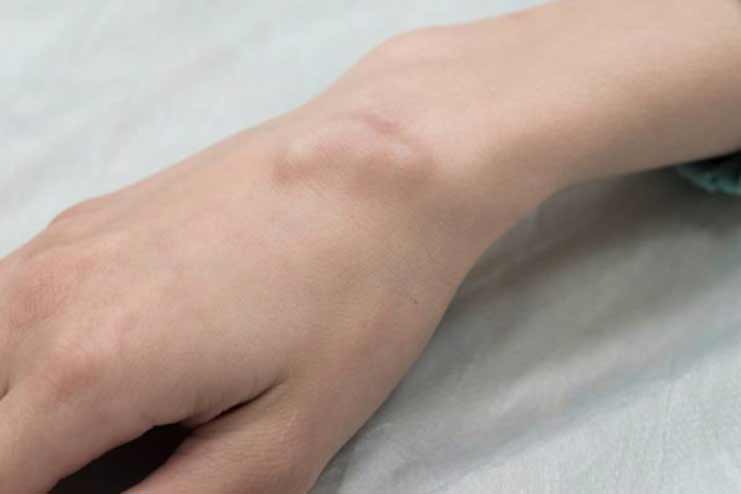
Ganglion cysts commonly present various symptoms, varying in severity depending on the cyst’s size and location. The following are examples of typical symptoms:
Visible Lump: The term “visible lump” refers to a lump that is round or oval in shape and is visible on the damaged joint or tendon. The size of the lump can vary.
Pain & Discomfort: Although most ganglion cysts are painless, larger cysts or those that push on nerves can produce pain, aching, or discomfort, mainly when there is movement in the joint.
Movement Restriction: The cyst may restrict the range of motion of the afflicted joint, making it difficult to perform activities of daily living.
Numbness and Tingling: If the cyst pushes on a nerve, it may cause a sensation similar to pins and needles in the surrounding area. Numbness and tingling may accompany it.
Weakness: In certain instances, the damaged joint may have a sensation of being weak or fragile.
Identifying ganglion cysts at an early stage is essential for their successful therapy. Rapidly identifying symptoms enables immediate action, reducing discomfort and preventing future complications during treatment. Upon becoming aware of these symptoms, it is advisable to seek the advice of a medical professional to confirm the diagnosis and investigate the many treatment options that are available.
13 Remedies for Ganglion Cyst:
Hot Compresses
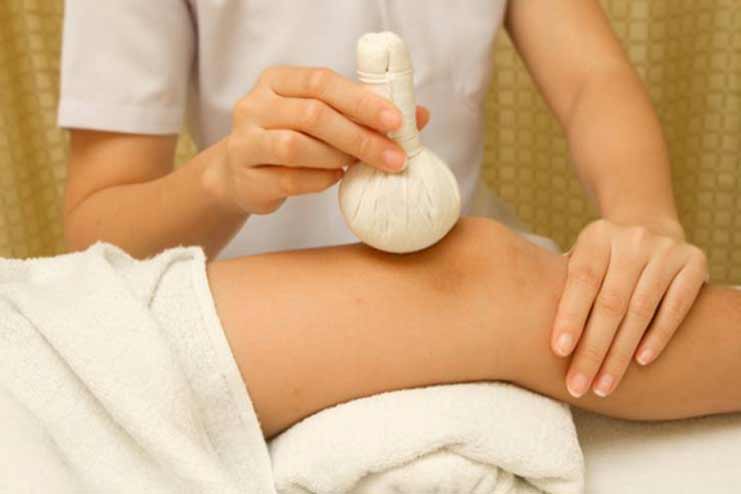
Applying hot compresses can be very useful in alleviating pain and facilitating fluid outflow from ganglion cysts. Because the heat increases blood flow to the region, the body may be able to reabsorb the cystic fluid more effectively. A clean cloth should be soaked in warm water and wrung out to remove any extra water. The cloth should then be applied to the affected area for fifteen to twenty minutes. To achieve the best possible outcomes, carry out this procedure thrice daily.
Cold Compresses

With ganglion cysts, cold compresses are an excellent method for lowering swelling and numbing the pain associated with the condition. While the cold causes blood vessels to constrict, it also has the potential to reduce inflammation and provide pain relief. Wrapping ice cubes or a cold pack in a cloth and applying it to the cyst for ten to fifteen minutes would constitute the application of a cold compress. Do it multiple times daily, and ensure a barrier between ice and the skin to avoid frostbite.
Epsom Salt Soaks
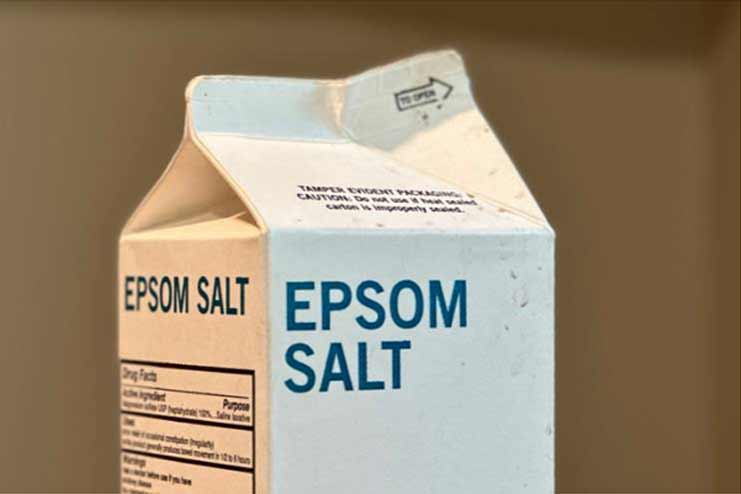
Epsom salt’s anti-inflammatory qualities may help reduce the swelling and discomfort associated with ganglion cysts. Add one to two cups of Epsom salt to a warm bath to dissolve it, then soak the affected area for twenty to thirty minutes. This bath should be repeated two to three times per week to reduce symptoms and promote recovery.
Turmeric
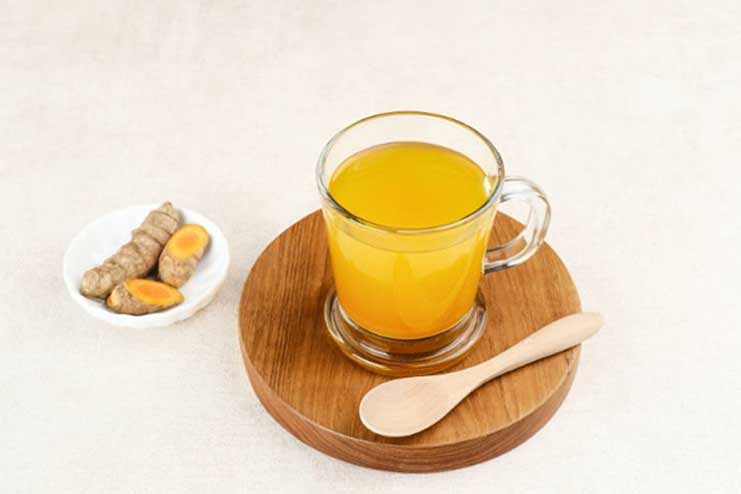
It is well known that turmeric possesses anti-inflammatory characteristics, which can help reduce inflammation and alleviate discomfort linked to ganglion cysts. You can brew turmeric tea by boiling one teaspoon of turmeric powder in water or spice up your meals by adding turmeric. Both of these methods are effective ways to incorporate turmeric into your diet. The consumption of turmeric daily may, over time, result in favorable consequences.
Ginger
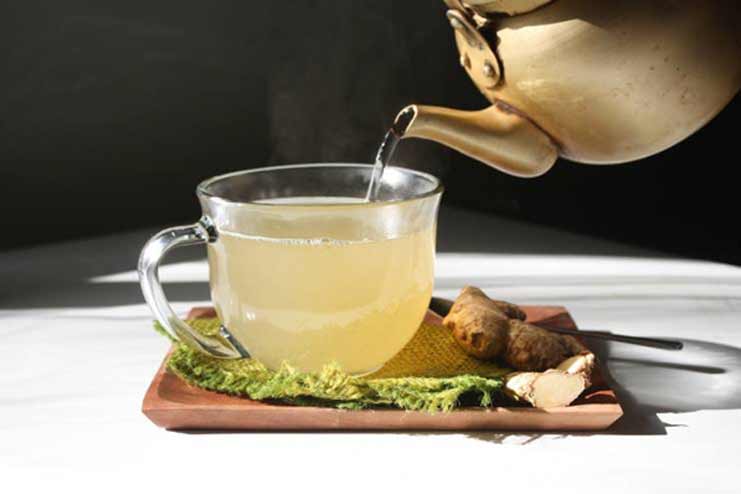
The anti-inflammatory properties found in ginger can alleviate the discomfort and swelling associated with ganglion cysts. Ginger can be used in various ways, including preparing ginger tea by boiling fresh ginger slices in water or adding fresh ginger to various recipes. Consuming raw ginger or ginger tea daily can also help manage symptoms.
Massage Therapy
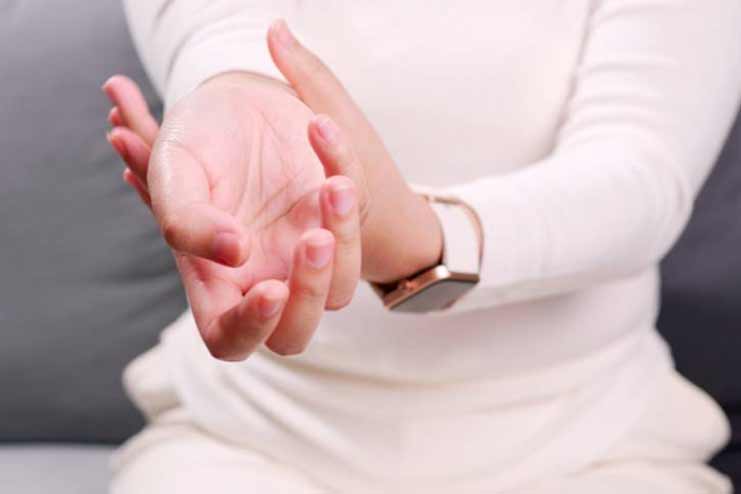
Gentle massage therapy can improve blood circulation, reduce tension around the ganglion cyst, and alleviate pain. Apply gentle pressure with your fingers and massage the region surrounding the cyst in a circular motion for five to ten minutes daily. Avoid forceful massage to avoid making the discomfort worse or causing extra injury.
Wrist Exercises

Specific wrist workouts can improve wrist flexibility and strength and assist in managing ganglion cysts. Simple exercises such as wrist flexion and extension, wrist rotations, and squeezing a soft ball can be performed daily to keep joints healthy and limit cyst formation.
Wrist Splints
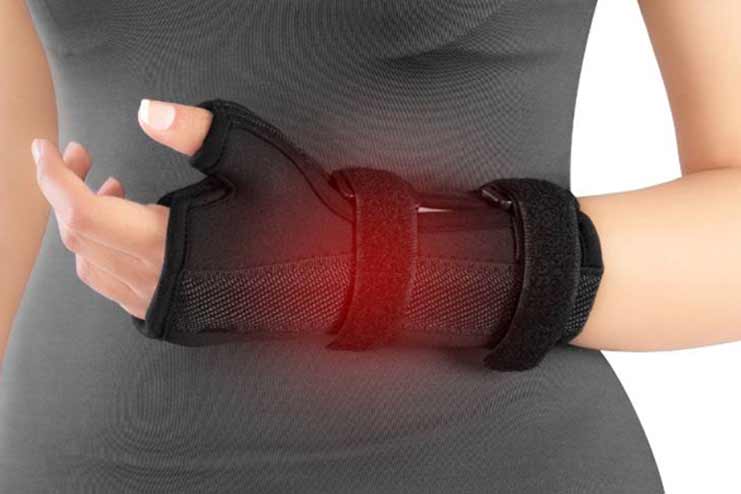
It is possible to immobilize the joint and lessen the pressure placed on the ganglion cyst by wearing a wrist splint, allowing the cyst to heal. When engaging in activities that cause the cyst to become more painful, it is recommended to wear a splint for one to two hours. However, it is essential to avoid entirely restricting movement throughout the day. It is recommended that you get advice from a healthcare professional on using splints.
Castor Oil
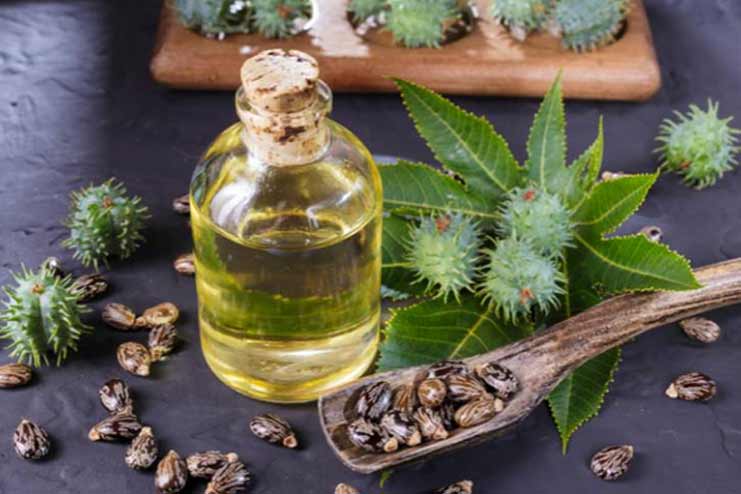
Castor oil, with its anti-inflammatory qualities, has the potential to facilitate the healing process of ganglion cysts. To effectively treat a ganglion cyst with castor oil, start by placing a drop on your finger. Gently rub the oil directly onto the cyst, thoroughly covering it. If needed, apply additional drops to cover the entire cyst area adequately. For optimal results, repeat this application process up to twice a day.
Apple Cider Vinegar
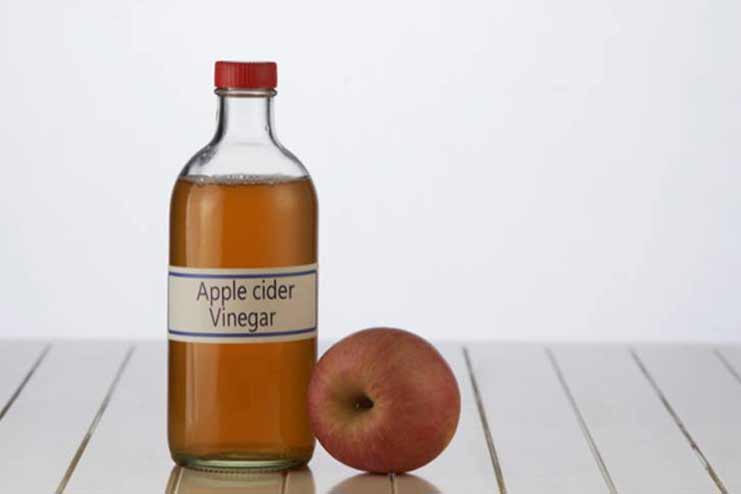
It has been shown that apple cider vinegar’s acidic properties can help reduce the size of ganglion cysts over time. To apply apple cider vinegar to a cyst, soak a cotton ball in apple cider vinegar and directly apply it for ten to fifteen minutes. This is an example of topical application. One alternative is to regularly consume one to two tablespoons of apple cider vinegar diluted in one glass of water. If you want the best outcomes, use these approaches consistently.
Arnica
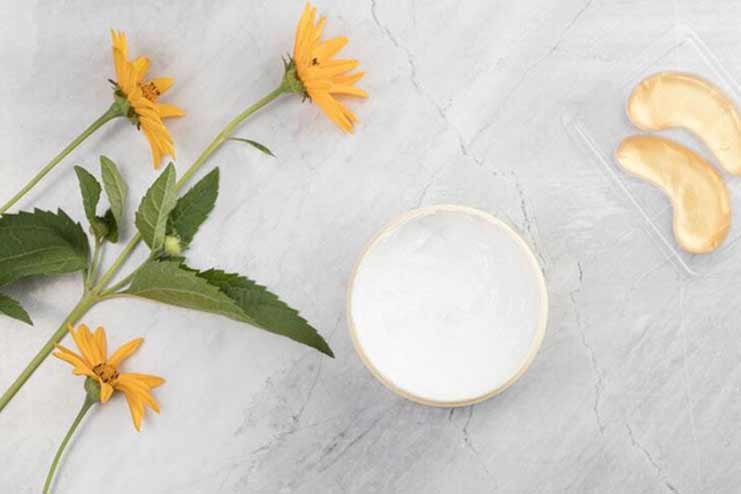
Arnica cream or gel can help reduce the discomfort and inflammation associated with ganglion cysts. A small amount of arnica gel should be applied to the cyst and gently massaged into the skin. It is recommended that you apply this remedy two to three times each day, following the product’s recommendations to prevent skin irritation.
Aloe Vera
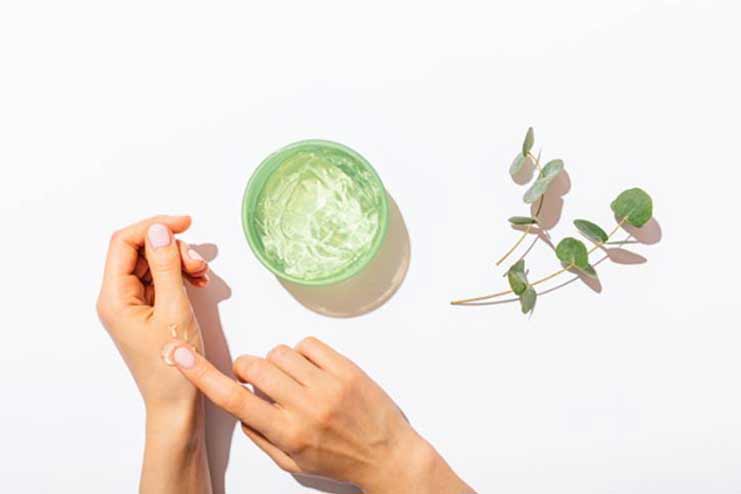
Ganglion cysts can cause swelling and discomfort. However, aloe vera possesses qualities that can help lessen these symptoms. Either fresh aloe vera gel extracted straight from the plant or a product for purchase to treat the affected region. Leave it on for twenty minutes, then wash it off with some warm water. To achieve the desired level of alleviation, repeat this technique two to three times per day.
Hydration and Nutrition
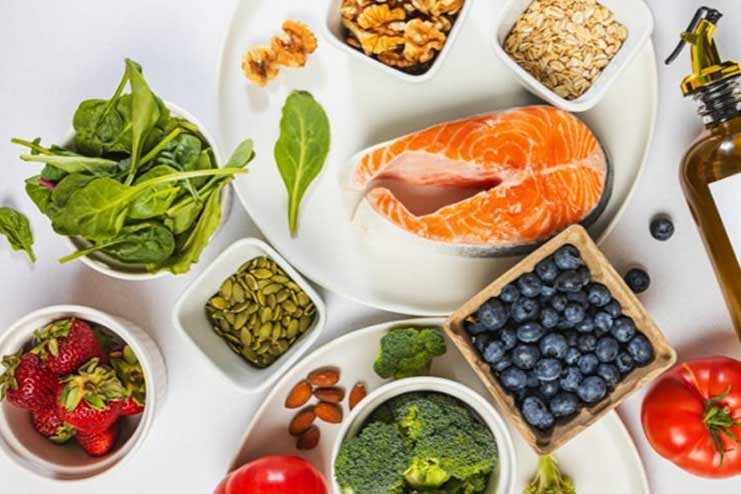
A quicker recovery from ganglion cysts can be achieved by ensuring adequate hydration and maintaining a well-balanced diet that is abundant in items that reduce inflammation. Foods like leafy greens, berries, nuts, and fatty fish should be consumed throughout the day, and you should drink a lot of water. Sugar and processed meals should be avoided because they can make inflammation worse. A healthy diet promotes general healing and lessens the probability of cysts returning.
Conclusion
Ganglion cysts can be a source of discomfort and annoyance; nevertheless, several effective home cures and treatments can assist in a more practical recovery. Among these include the use of hot and cold compresses, soaks in Epsom salt, turmeric, ginger, gentle massage, wrist exercises, wrist splints, castor oil, apple cider vinegar, arnica, aloe vera, and ensuring that sufficient hydration and nourishment are maintained. Even though these treatments might be helpful, it is essential to seek the advice of a qualified medical practitioner before beginning any new treatment to make sure that it is suitable for your condition.
\
-
Oct 2019Written by Somapika D
-
Aug 2024Edited by Ankita
In this Article















